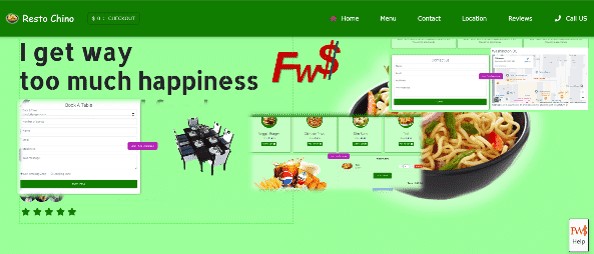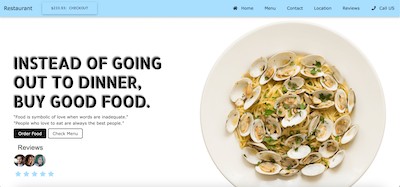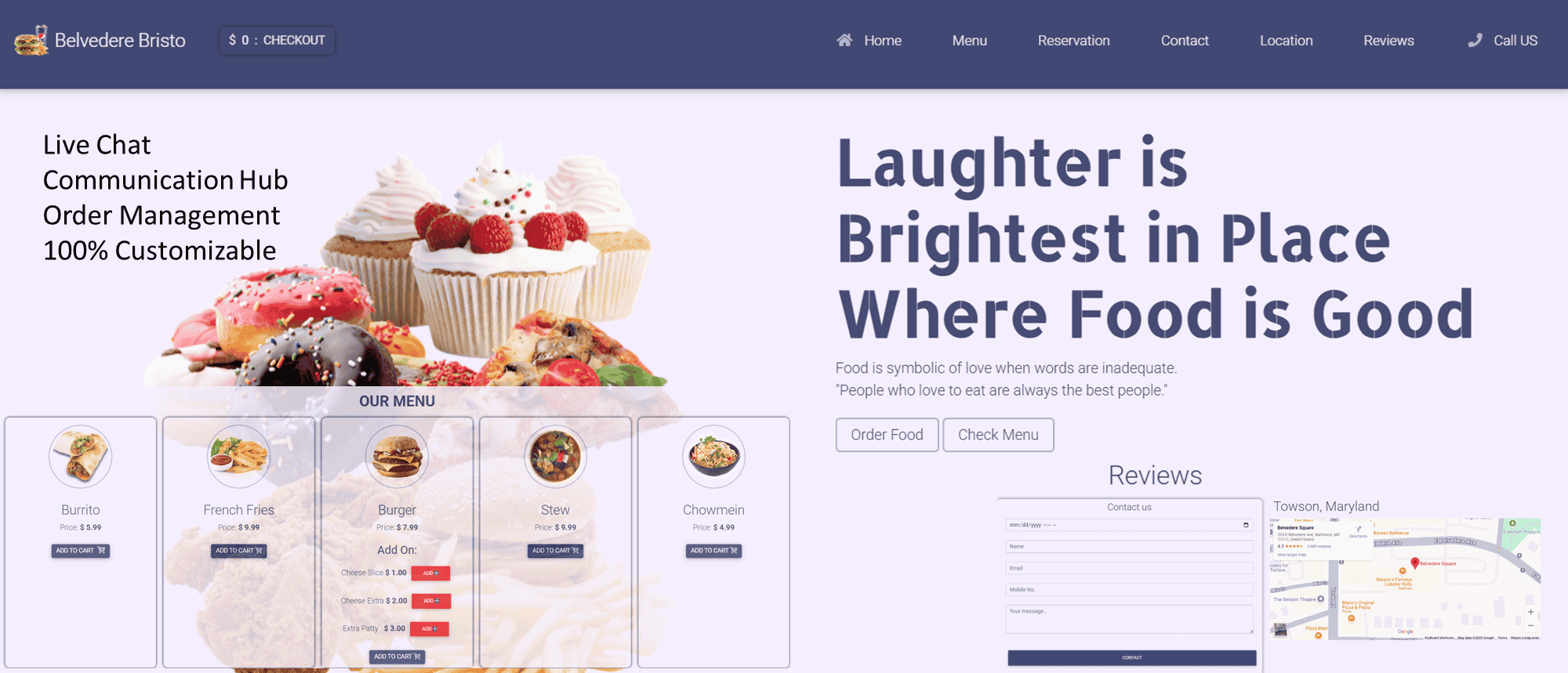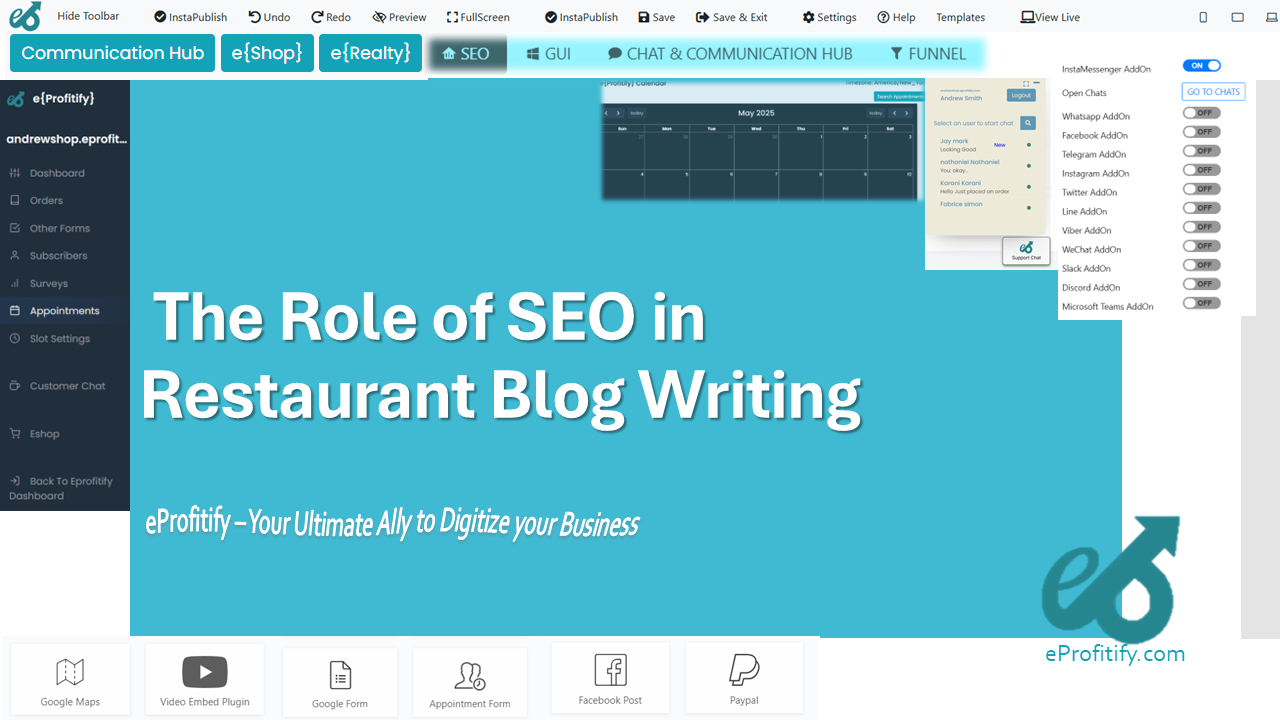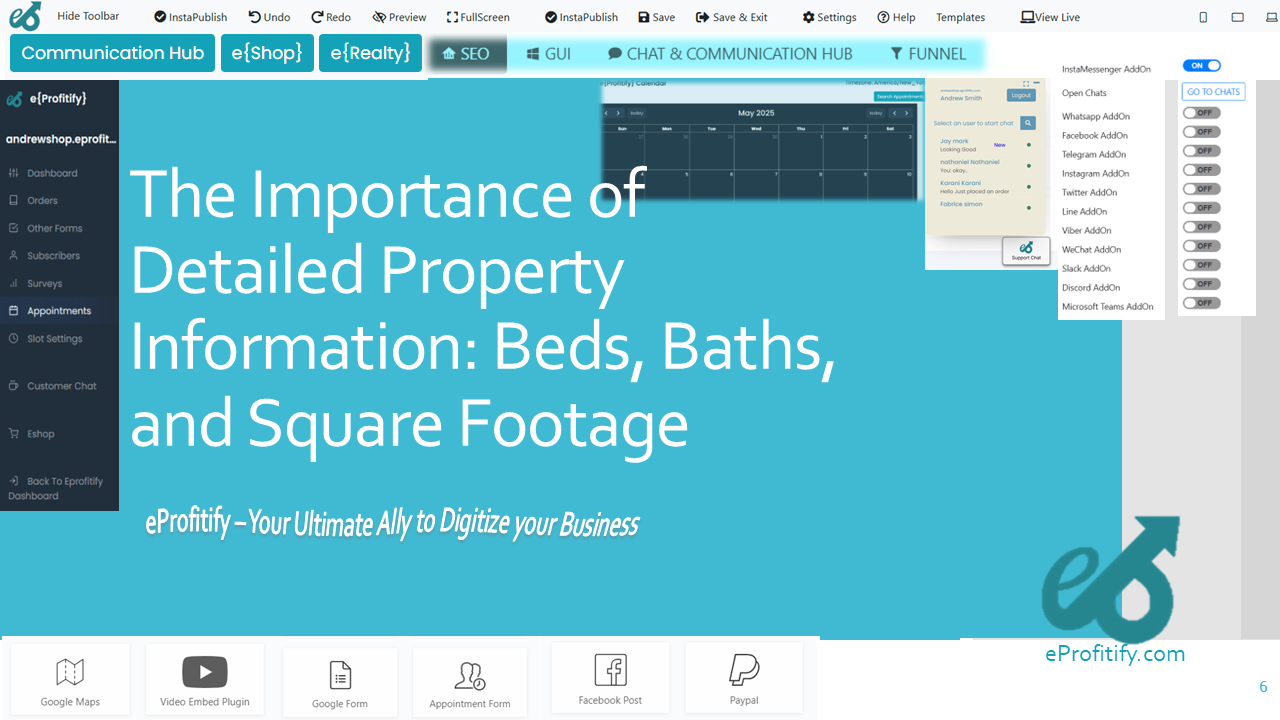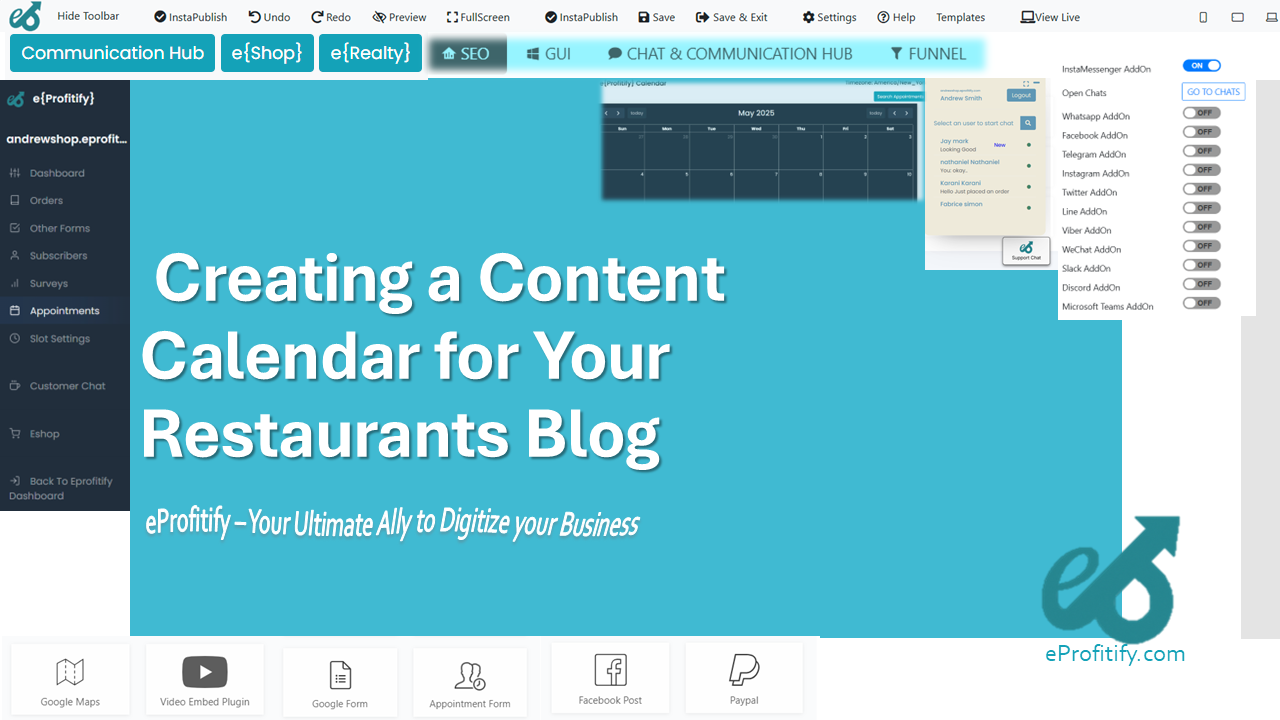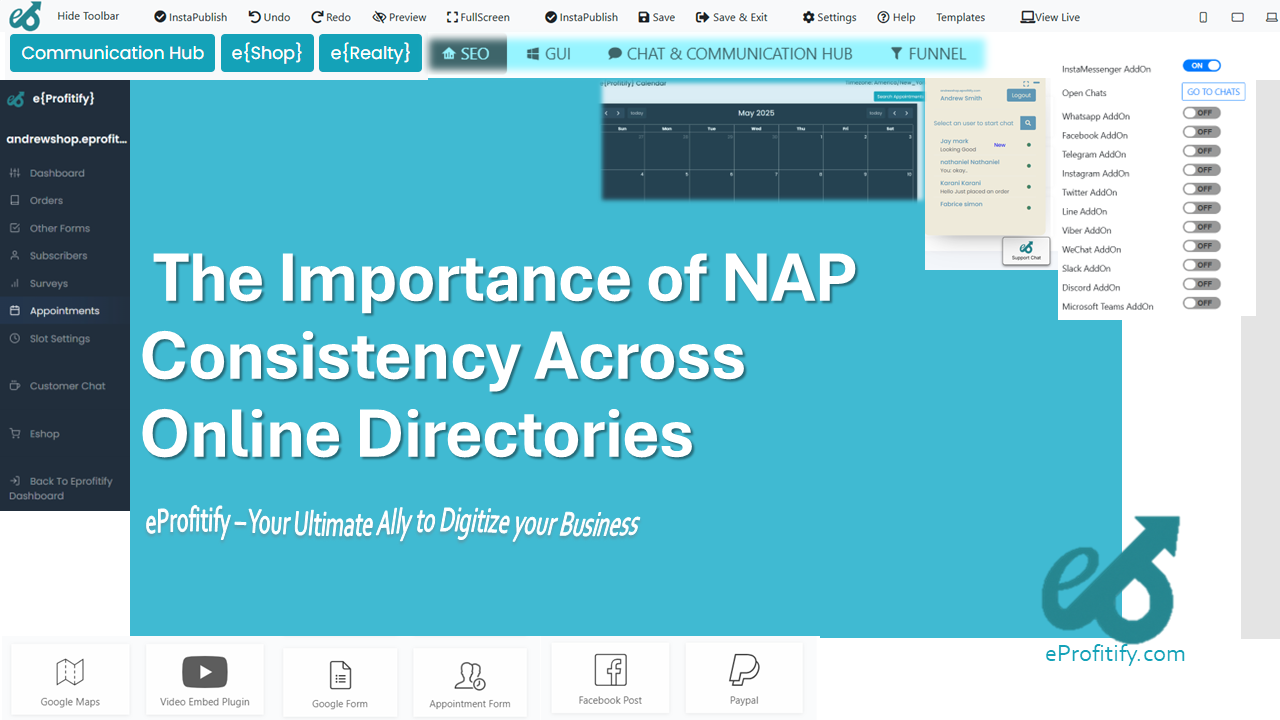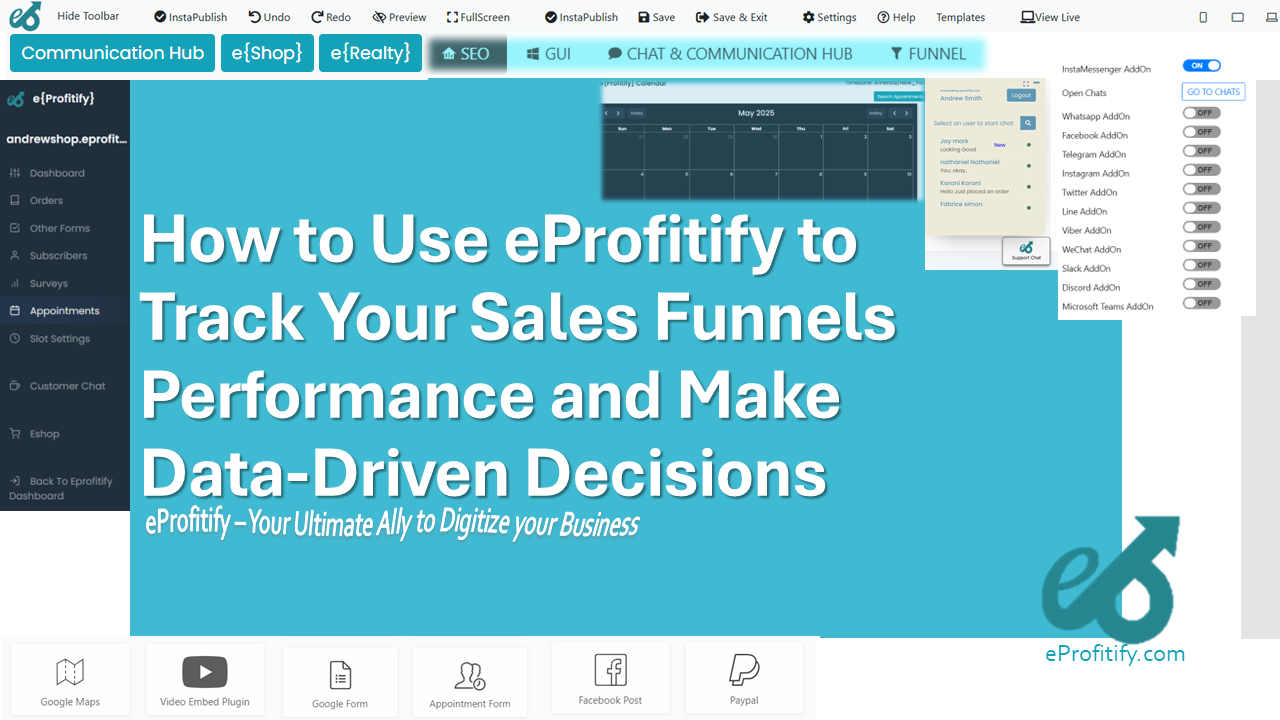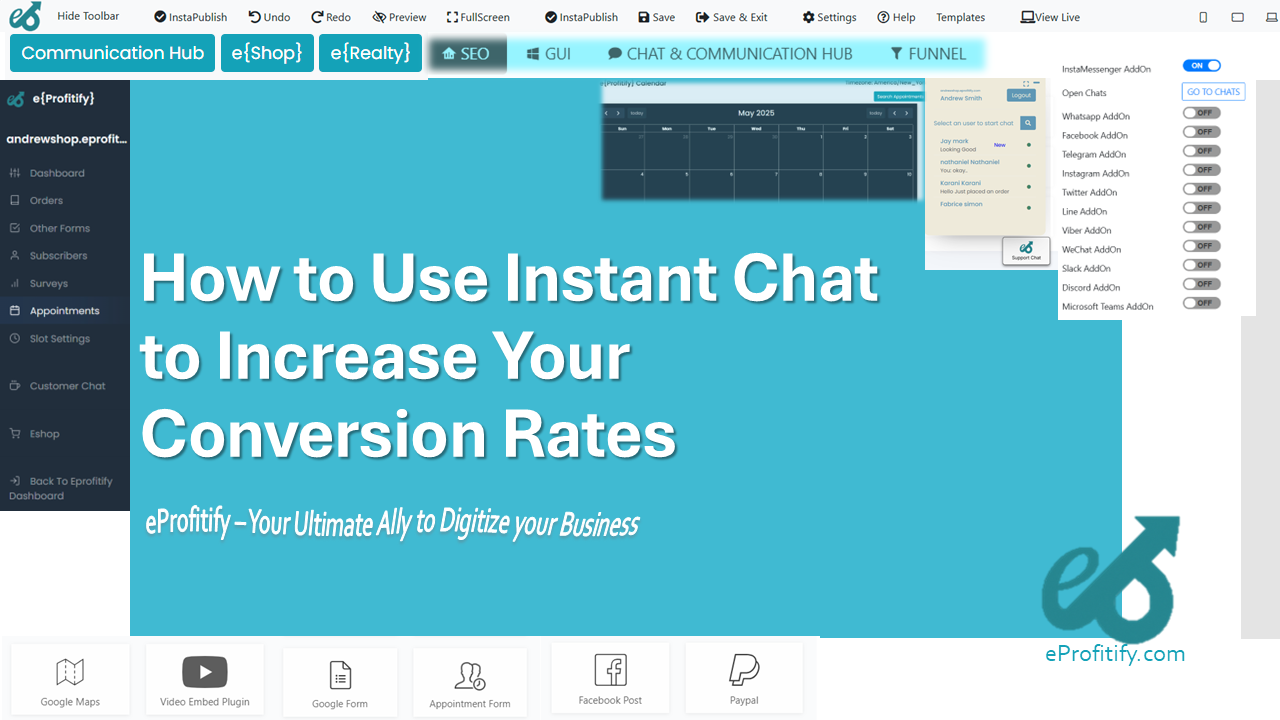How to Navigate Changes in Real Estate Commission Structures
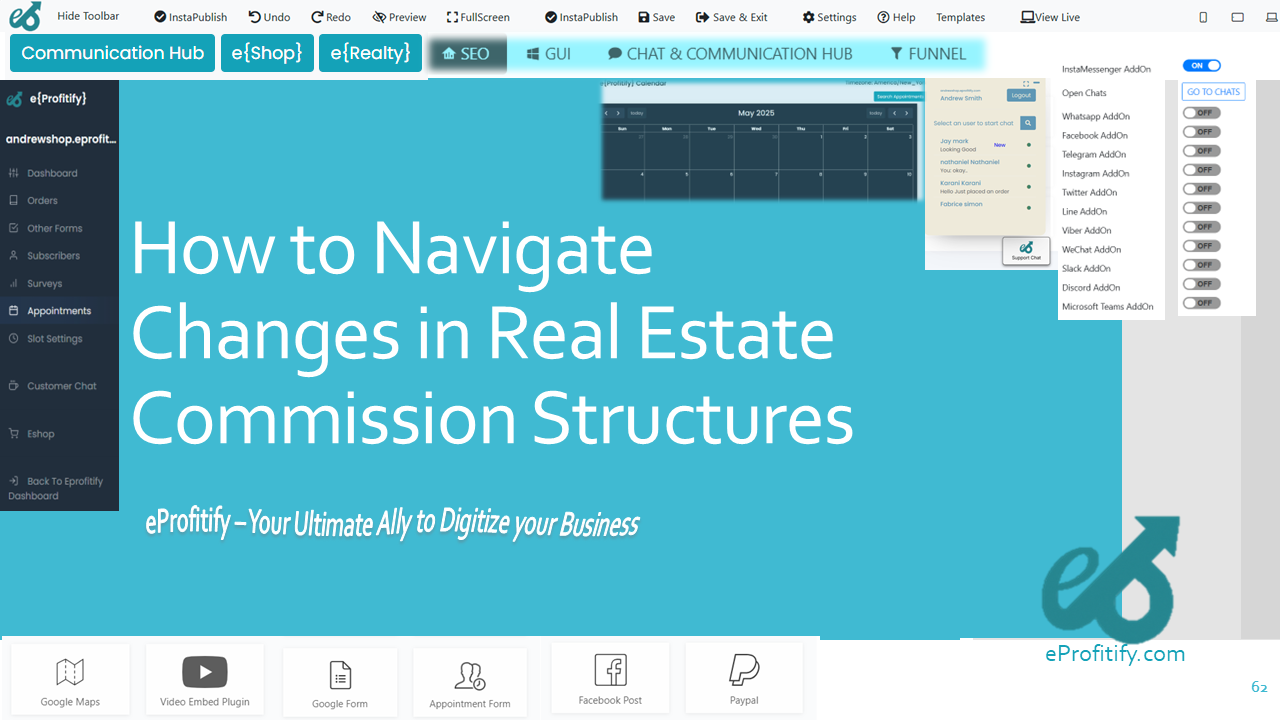
Navigating Changes in Real Estate Commission Structures: Strategies and Tools for Success
The real estate industry is undergoing a seismic shift as commission structures—long dominated by a traditional 5-6% split between buyer and seller agents—face unprecedented challenges. From landmark lawsuits to evolving consumer expectations, agents and brokers must adapt to remain competitive. This article explores how professionals can navigate these changes, supported by data-driven insights and innovative tools like eProfitify, a leading platform offering website publishing, CRM, and automation solutions.
The Changing Landscape of Real Estate Commissions
Traditional vs. Emerging Models
For decades, the standard commission model involved a 5-6% fee on a home’s sale price, split between listing and buyer agents. However, this system is being upended. In March 2024, the National Association of Realtors (NAR) settled a $418 million antitrust lawsuit, which challenged alleged inflated commission practices. This settlement, pending court approval, could dismantle long-standing norms, empowering consumers to negotiate fees and encouraging alternative models like:
- Flat fees: A fixed cost for services, regardless of sale price.
- Tiered commissions: Lower percentages for higher-priced homes.
- À la carte services: Unbundling tasks (e.g., photography, staging) for flexible pricing.
Statistics Highlighting the Shift:
- A 2023 Zillow survey found that 61% of sellers feel commissions are negotiable, up from 55% in 2020.
- Redfin reports a 0.5% decline in average commission rates over the past decade, now hovering near 4.5%.
- NAR data shows 32% of agents now offer discounted rates, reflecting growing price sensitivity.
Strategic Responses to Commission Compression
1. Embrace Transparency
Consumers demand clarity in pricing. Agents should:
- Clearly outline services included in their fees.
- Provide tiered packages (e.g., premium vs. basic marketing).
- Use digital tools to showcase value, such as performance analytics or market reports.
2. Diversify Revenue Streams
With commissions under pressure, agents are exploring ancillary income sources:
- Selling add-ons like virtual staging (used by 82% of buyers, per NAR).
- Offering property management or consulting services.
- Partnering with mortgage brokers or contractors for referral fees.
3. Sharpen Negotiation Skills
Agents must articulate their value proposition. Highlight:
- Local market expertise (e.g., 73% of sellers choose agents with neighborhood knowledge, per NAR).
- Marketing reach (e.g., homes listed on MLS sell 20% faster, according to Realtor.com).
- Transaction management efficiency.
4. Leverage Technology for Efficiency
Adopting tech tools mitigates the impact of lower commissions by streamlining operations. Platforms like eProfitify are indispensable here, offering:
- Instant messaging: Fast client communication, critical as 40% of buyers expect responses within an hour (Deloitte).
- Appointment management: Automated scheduling reduces friction in showing homes.
- CRM systems: Track client interactions and nurture leads, vital for maintaining relationships in a competitive market.
- Ecommerce integrations: Sell services (e.g., 3D tours, home warranties) directly through your website.
eProfitify: A Comprehensive Solution for Modern Real Estate Challenges
Amid fluctuating commission structures, eProfitify stands out as an all-in-one platform designed to enhance productivity and profitability. Its features directly address agents’ pain points:
1. Streamlined Client Communication
- Instant Messaging: Engage clients in real-time via integrated chat, reducing delays and missed opportunities.
- Automated Follow-Ups: Schedule reminders for contract deadlines or check-ins, ensuring no lead slips through.
2. Appointment Management System
- Sync calendars across teams, automate booking links, and send SMS/email confirmations. This reduces administrative tasks by 30%, according to user reports.
3. CRM Integration
- Centralize client data, track preferences, and segment audiences for targeted marketing. Agents using CRM tools see a 29% increase in revenue (Capterra).
4. Ecommerce Capabilities
- Monetize your expertise by selling guides, virtual consultations, or home maintenance packages. Over 45% of agents using ecommerce tools report higher client satisfaction (Forbes).
5. AI-Driven Analytics
- Predict market trends with machine learning models and adjust pricing strategies dynamically.
6. Customizable Websites
- Build SEO-optimized sites with IDX integration, showcasing listings and capturing leads.
The Role of Consumer Expectations
Today’s buyers and sellers prioritize speed, transparency, and digital-first experiences:
- 89% of buyers start their home search online (NAR).
- 63% prefer agents who use video calls and virtual tours (McKinsey).
Tools like eProfitify empower agents to meet these expectations by providing mobile-friendly interfaces, AI chatbots, and virtual open house integrations.
Conclusion: Thriving in the New Era
The real estate commission landscape is evolving rapidly, but agents who adapt strategically will thrive. By embracing transparency, diversifying revenue, and leveraging platforms like eProfitify, professionals can enhance efficiency, reduce costs, and deliver unparalleled client value. With features spanning CRM, ecommerce, and automation, eProfitify is not just a tool—it’s a competitive advantage in an industry where agility and innovation reign supreme.
As commission structures continue to shift, the key to success lies in staying informed, remaining adaptable, and investing in technology that scales with your business. The future belongs to those who navigate change with confidence—and the right tools.
